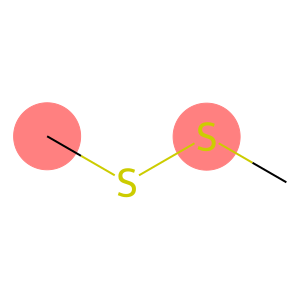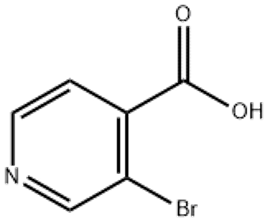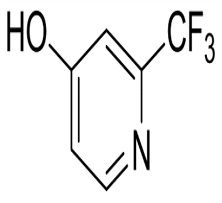2-Phosphonobutane-1,2,4-tricarboxylic acid(CAS#37971-36-1)
| Risk Codes | 34 – Causes burns |
| Safety Description | S26 – In case of contact with eyes, rinse immediately with plenty of water and seek medical advice. S45 – In case of accident or if you feel unwell, seek medical advice immediately (show the label whenever possible.) |
| UN IDs | UN 3265 |
| Hazard Class | 8 |
| Packing Group | III |
Introduction
2-Phosphonate butane-1,2,4-tricarboxylic acid (or 2-phosphonate butadyne-1,2,4-tricarboxylic acid) is an organic compound. The following is an introduction to its properties, uses, preparation methods and safety information:Quality:- Appearance: 2-phosphonate butane-1,2,4-tricarboxylic acid is a colorless crystalline or powdery solid.- Solubility: Soluble in water and organic solvents such as alcohols, ethers, etc.- Thermal stability: Decomposes at high temperatures.Use:- 2-Phosphonate butane-1,2,4-tricarboxylic acid is commonly used as a reagent in organic synthesis.- It can be used as a catalyst or ligand, with the ability to catalyze reactions such as esterification, amidination, nucleophilic substitution, etc.- It can also be used as an intermediate in coordination chemistry and organic synthesis.Preparation method:- 2-Butane-1,2,4-tricarboxylic acid can be obtained by reacting butane-1,2,4-triglycol with hydrofluoric acid.- Specific synthesis methods can be found in organic chemical synthesis manuals or related literature.Safety Information:- No specific pathogenicity or toxicity has been reported for butane-1,2,4-tricarboxylic acid 2-phosphonate.- However, as an organic compound, standard laboratory operating procedures are required for general operation, such as wearing appropriate safety equipment (e.g., gloves, goggles, etc.).- When using or storing, keep away from fire, avoid contact with oxidizing agents, and store in a dry, well-ventilated place.








